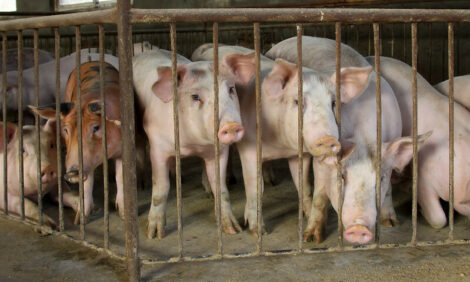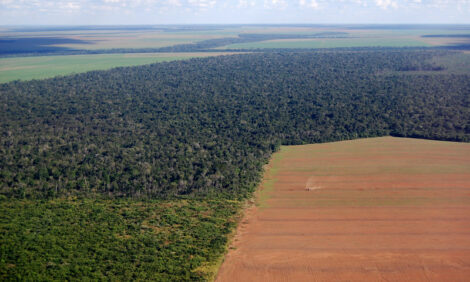



Optimising Returns from the Finished Pig
UK - Practical tips for producers in the June issue of Target Farm Action from BPEX.Whatever the market conditions, knowing how your pigs are performing during the rearing and finishing stages will ensure that you have the information to act and optimise your income.
Key parameters to monitor are daily liveweight gain (DLWG), feed conversion ratio (FCR) and post-weaning mortality.
Pigs grow at different rates, depending on their age and weight. Subdividing is useful as without it excellent finisher stage performance can mask poor rearer growth rates (and vice versa), resulting in a lost opportunity for strategically targeting specific areas.
If you do not routinely weigh pigs through the system, then using 'weight watcher' pens can help you gather useful information.
Once you know how your pigs are performing, you and your team can set achievable targets and then monitor and compare with industry benchmarks.
Feed conversion ratio tells us how many kilograms of feed are being used to achieve each kilogramme of liveweight gain. As with DLWG, FCR varies with pig weight. Smaller pigs typically have a better, i.e. lower, FCR than heavier pigs.
For example, the average FCR for the rearer stage (7-35 kg) is 1.7, while for the finisher stage (35-100 kg), 2.8 is more typical; so compare like with like. A high (poor) FCR highlights that a lot of feed is being used to produce each kilogramme of live pig, it can results from:
- Physical loss of feed before it even reaches the pig, e.g. wastage via slats, birds, vermin, discarded mouldy feed
- Pigs being fed a diet that is not suitable for their needs
- Pigs not using suitable feed efficiently because of poor environment, health etc. and
- Pig deaths as feed eaten prior to their deaths will have been included in the FCR .
To improve FCR, you need to determine which of the above is having the largest negative impact on FCR and/or which can most readily and cheaply be corrected. When recording deaths it is useful to record their approximate age and weight.
It is not only demoralising to lose pigs at this stage, it is also expensive as you have already incurred breeding and feeding herd costs to get the pig to this weight.
Mortality is often associated with disease; work with your veterinary surgeon to tackle any disease, whilst ensuring that stock management and the facilities provided do not exacerbate any underlying disease conditions.






